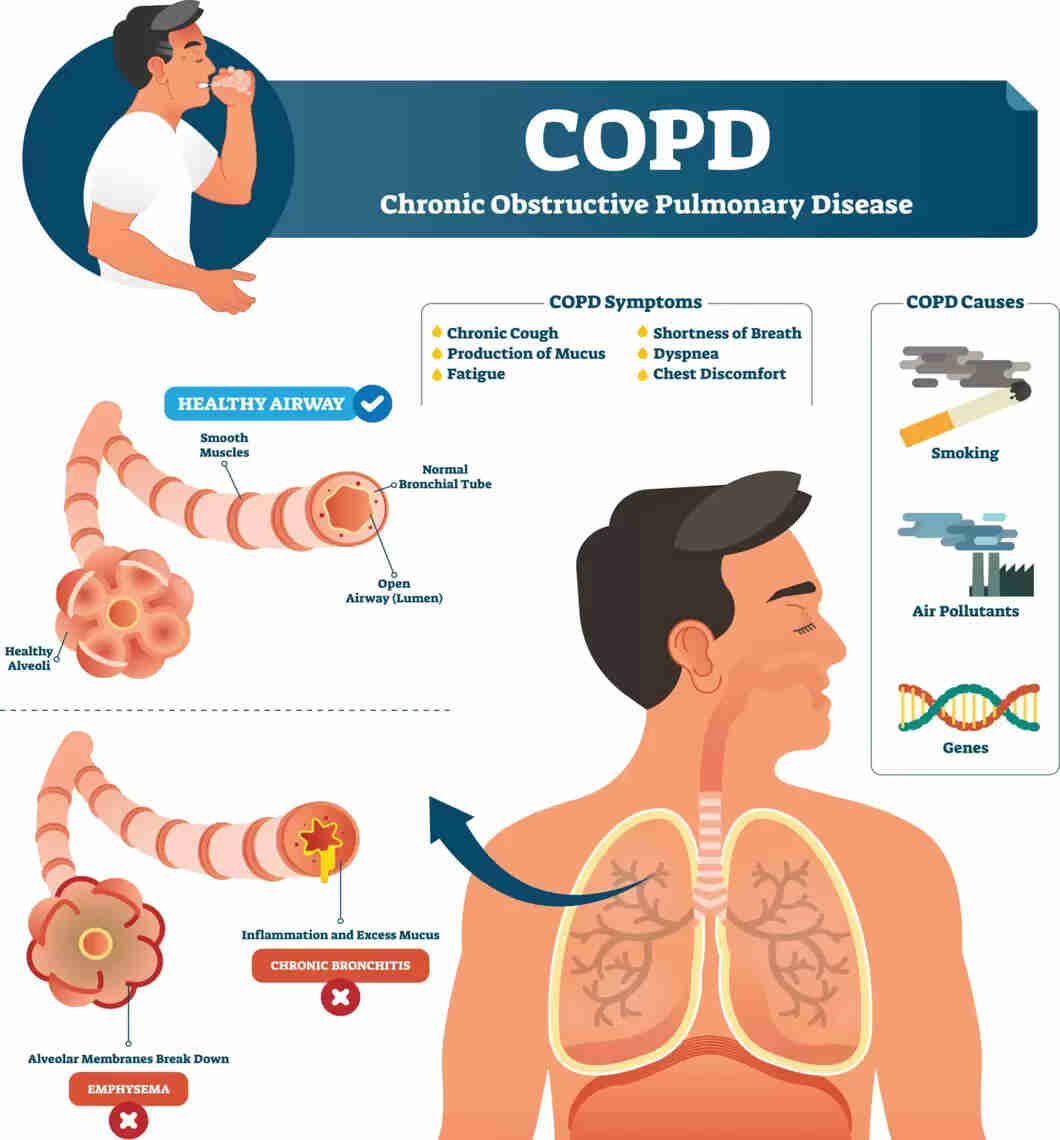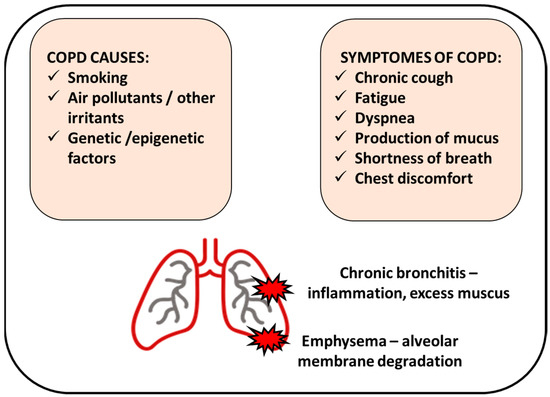Chronic Obstructive Pulmonary Disease (COPD) is a serious lung condition that slowly but progressively impacts millions of people worldwide, making breathing increasingly difficult over time. Unlike many acute illnesses, COPD develops gradually, often with mild symptoms that people might initially overlook or dismiss.
At its core, COPD encompasses chronic bronchitis and emphysema, two conditions that damage lung tissue and restrict airflow. As the disease advances, individuals experience growing breathlessness that can significantly disrupt daily activities. Critically, once lung damage occurs, it cannot be fully reversed, which underscores the importance of prevention and early awareness.

The global scale of COPD is staggering. In 2021, an estimated 213 million people were living with the disease—a 30.2% increase from 2010. That same year, COPD claimed 3.72 million lives, making it the fourth leading cause of death worldwide. Projections suggest nearly 600 million people could be affected by 2050, with disproportionate growth expected in females and low- to middle-income countries.
What makes COPD particularly concerning is that over 80% of cases stem from preventable risk factors. Smoking remains the primary culprit, responsible for over 70% of COPD cases in high-income countries and 30-40% in low- to middle-income regions. Current smokers are more than three times more likely to develop COPD compared to non-smokers, and recent evidence even suggests e-cigarette users face increased risks.

Air pollution represents another critical risk factor. In 2021, pollution accounted for 48% of global COPD deaths. This includes not just outdoor environmental pollutants like vehicle emissions and industrial fumes, but also indoor air quality issues. In low- and middle-income countries, household air pollution from biomass fuel burning contributes to 23% of adult COPD deaths, with women particularly vulnerable due to their traditional roles in domestic cooking.
Occupational exposure to airborne pollutants further compounds the risk. Workers across various industries can be exposed to dust and multiple pollutants that gradually damage lung function, even among those who have never smoked.

While some COPD risk factors like age and genetic predispositions cannot be modified, individuals can take proactive steps to protect their lung health. These include avoiding smoking and secondhand smoke, monitoring air quality, following occupational safety guidelines, maintaining physical activity, and getting recommended vaccinations.
In places like Hong Kong, public health initiatives demonstrate effective strategies for COPD prevention. The government has implemented comprehensive tobacco control measures, including taxation, legislation, and smoking cessation services. These efforts have successfully reduced daily cigarette smoking rates and are complemented by air quality improvement plans.

For individuals, understanding COPD means recognizing both its complexity and the power of prevention. Regular medical check-ups, awareness of personal and environmental risk factors, and lifestyle modifications can significantly reduce the likelihood of developing this progressive lung disease.
The message is clear: while COPD cannot be completely cured, it can be prevented, managed, and its progression slowed through informed, proactive health choices. By understanding the disease, its risks, and taking deliberate steps to protect lung health, individuals can breathe easier and potentially avoid the significant health challenges COPD presents.












